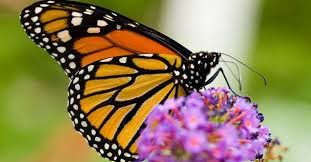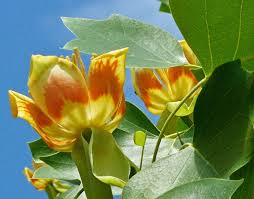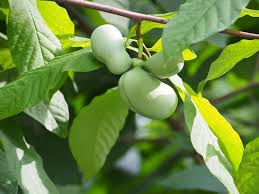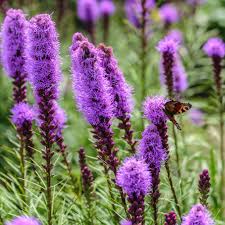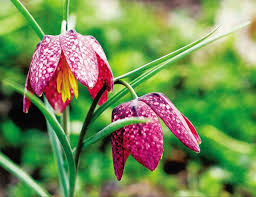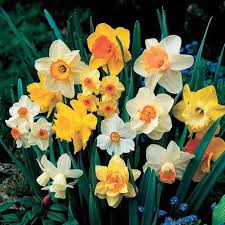Seed Storage and Shelf Life
At Wellfield Botanic Gardens, we nurture a variety of plant species from seed in our greenhouse, each with the purpose of enriching our gardens. These seedlings are destined for our vegetable garden in the Children’s Garden and the raised beds in the Sensory Garden. Starting them indoors allows for early growth, ensuring they’re ready for transplanting outdoors around mid-May, avoiding any potential damage from late frosts (typically around May 15th).
Now that our seedlings are thriving, it’s essential to strategize how to preserve any leftover seeds for future viability.

Contents
Seed Storage
To safeguard the viability of seeds, proper storage is paramount. Ideally, seeds should be kept in cool, dry conditions. An effective method is to store them in an airtight container, which prevents moisture ingress that could harm the seeds. Additionally, such containers deter pests from accessing and contaminating the seeds.
When harvesting seeds, it’s crucial to ensure they are clean and thoroughly dry before storage. Moisture can lead to mold and decay, rendering the seeds non-viable. After harvesting, clean the seeds and allow them to air dry in a well-ventilated area. Only store them once completely dry, and don’t forget to label them, including the year, to track viability rates accurately.
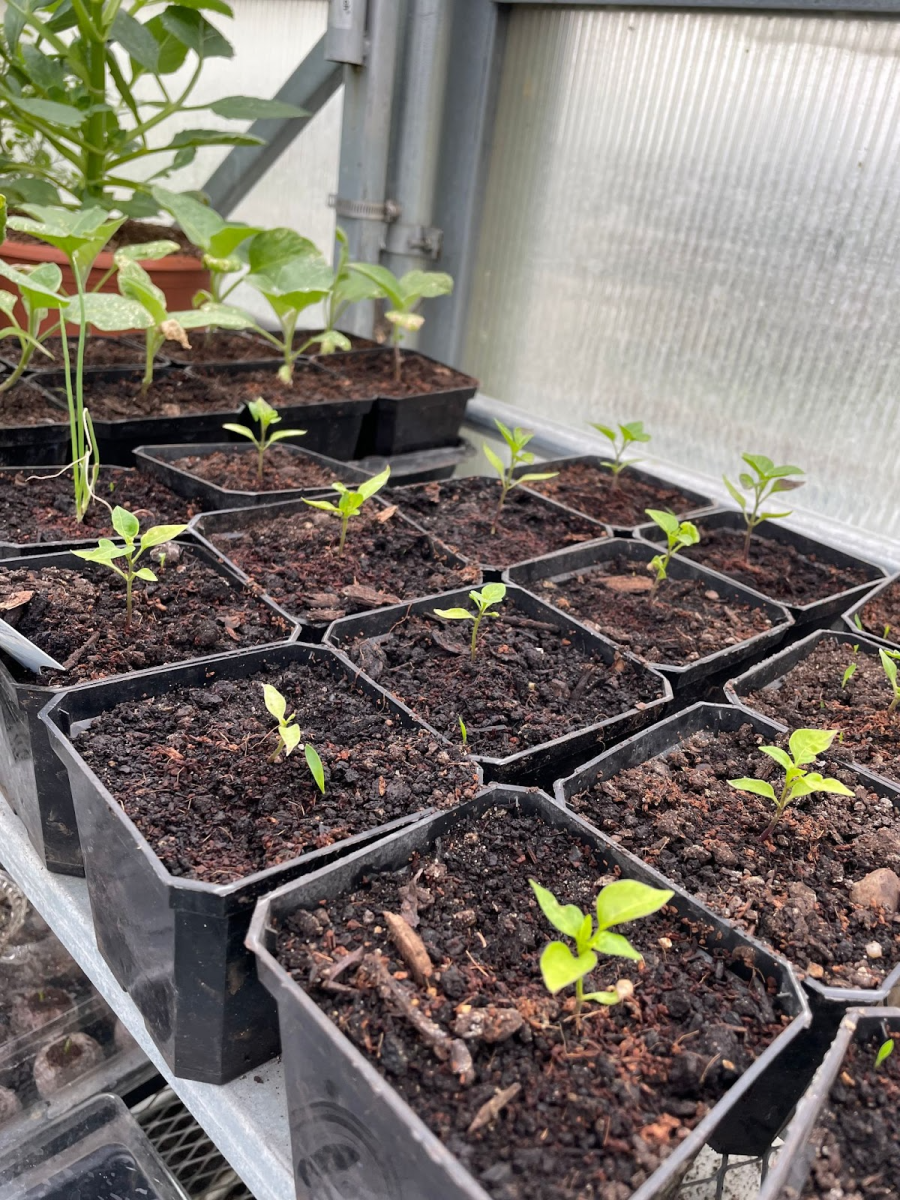
Shelf Life
The longevity of seeds varies depending on storage conditions and the type of seed. Some seeds have longer shelf lives than others. For instance, according to the horticulture department at Iowa State University, onion seeds typically remain viable for only one year, whereas seeds from cabbage, cauliflower, muskmelon, and broccoli can last for up to five years. Other common varieties such as corn have a shelf life of around two years, while seeds from asparagus, beans, carrots, and peas typically maintain viability for three years.
Harvesting seeds is a cost-effective way to preserve garden favorites for future use. Proper storage, including labeling and airtight containers, is crucial to ensure seeds remain viable for extended periods. Therefore, be sure to save any surplus seeds from this year and store them correctly for future planting seasons!


